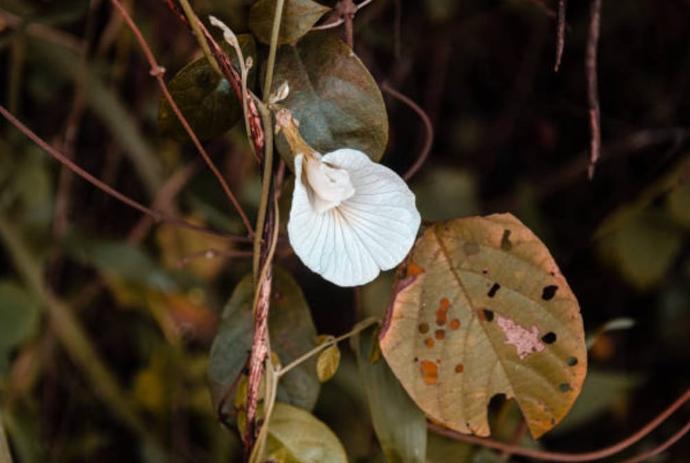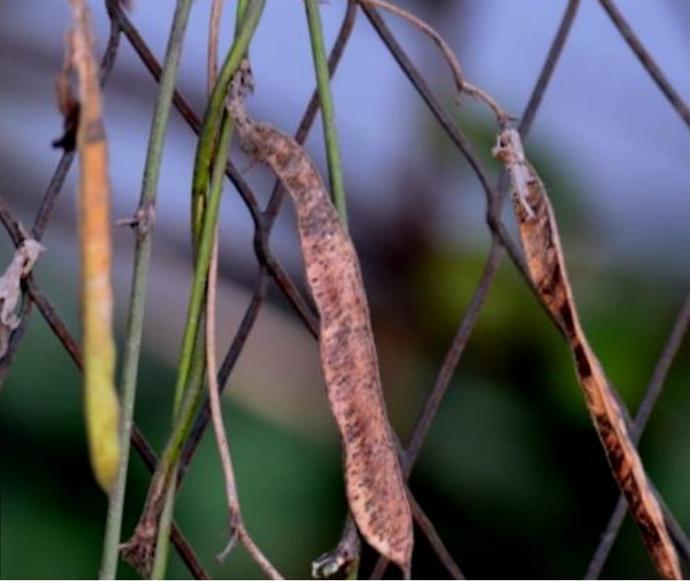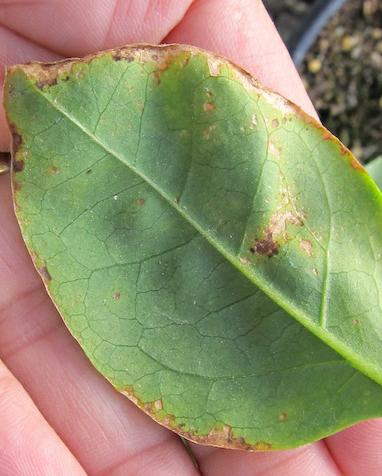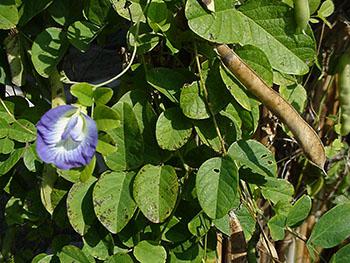Senku Plant
Senku, possibly referring to a specific plant variety, may have varying care requirements. Generally, provide well-draining soil, appropriate sunlight, and regular watering. Pruning and fertilizing practices may vary based on the specific characteristics of this plant.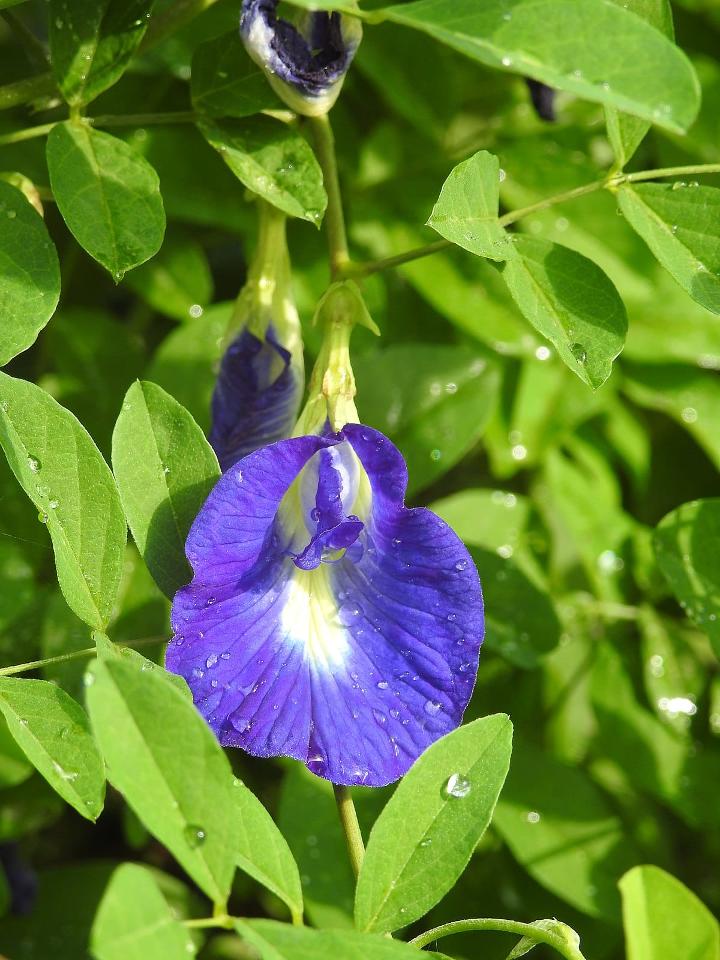
Habit
Shrub
Height
15ft
Growth
Fast
Soil
Well Drained, loamy
Shade
Full Sun
Moisture
Moist
Edible
Yes
Medicinal
Yes
Origin
Partial shade
Climatic Condition
Moderate
Temperature (°)
No
Humidity (%)
Yes
Potting media
Partial shade
Fertilizers
Moderate
Watering
No
Plant Weight
Yes
Flowering Time
Partial shade
Soil Ph level
Moderate
Water Ph level
No
Soil EC
Yes
Yield Per Plant
Partial shade
NPK ratio
Moderate
life Span
No
Health Benefits
Yes
Suggested Grow Media or Potting Mix ?
50% peat, 25% perlite, 25% compost
Suggested Fertigation/Fertilizers
Fertilize every 2-3 weeks with a balanced fertilizer.
Common Diseases and Remedies
Anthracnose , bacterial soft rot
Brown spots on pods , twisted leaves
Neem oil , avoid excess irrigation
HEALTH BENEFITS
· Brain health: The flower is rich in antioxidants and may help improve cognitive brain function.
· Anti-inflammatory: The flower has anti-inflammatory properties.
· Antioxidant: The flower is rich in antioxidants.
· Wound healing: The flower has wound healing properties.
· Antidiabetic: The flower has antidiabetic properties.
· Analgesic: The flower has analgesic properties.
· Stress reduction: The flower may help reduce stress.
· Digestion: The flower may promote better digestion.
· Memory improvement: The flower may help improve memory.
What Is A Senku Plant?
Clitoria ternatea, also known as butterfly pea, is a flowering plant in the Fabaceae family. It is a climbing legume with short, soft hairs on the stems, deep roots, and decorative flowers. Clitoria ternatea, also known as butterfly pea, is a perennial herbaceous plant belonging to the Fabaceae family. I Asian Pigeon Feather, Nilkanta, Bluebellvine, Blue Pea, Cordofan Pea, Darwin Pea. Clitoria ternatea flowers are blue and contain anthocyanins, which are a natural source of food coloring.
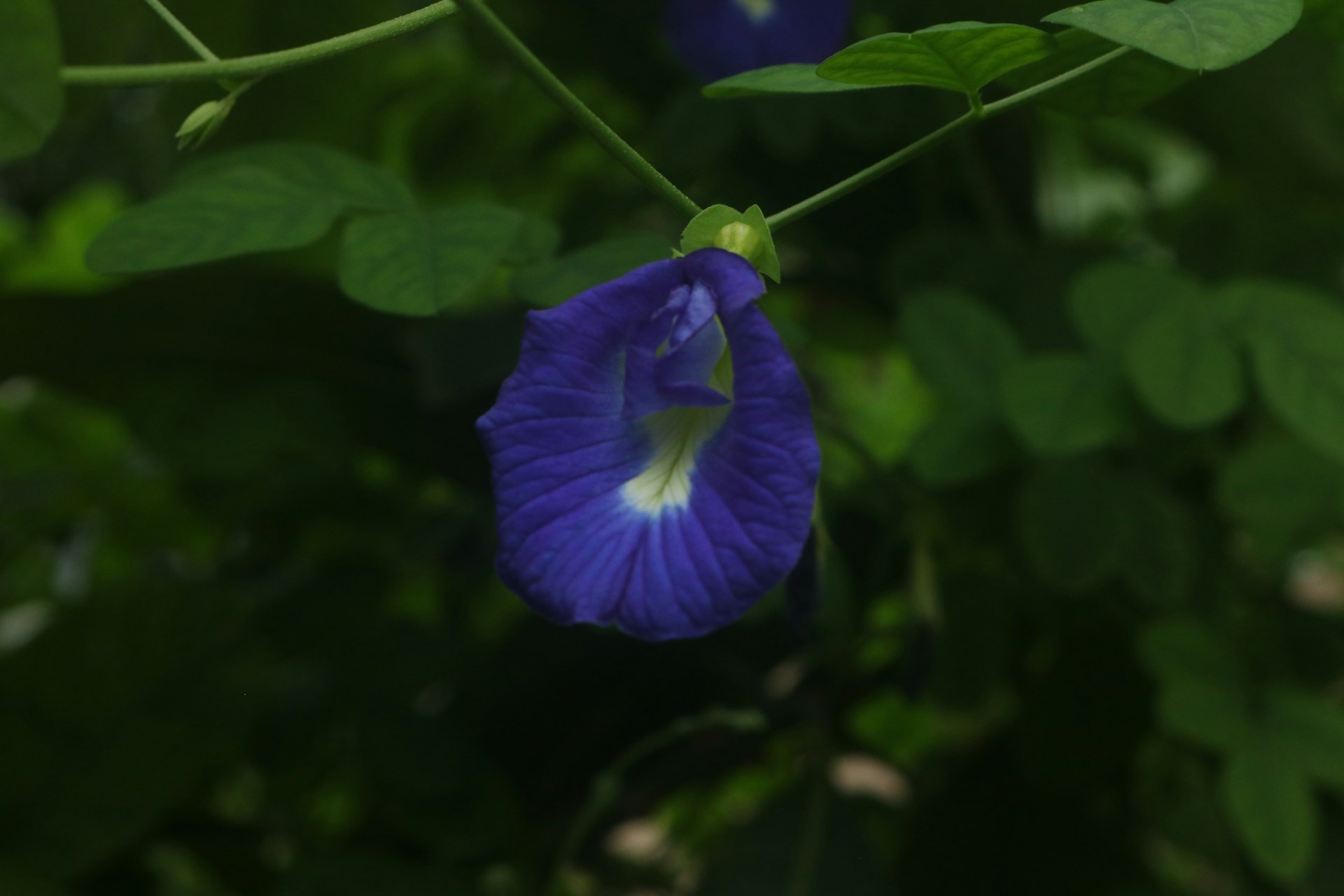
What Are The Different types of Senku?
Clitria ternatea, also known as butterfly pea, is known in two varieties, blue-flowered and white-flowered. Other types are dark blue, light blue, purple, and double blue.
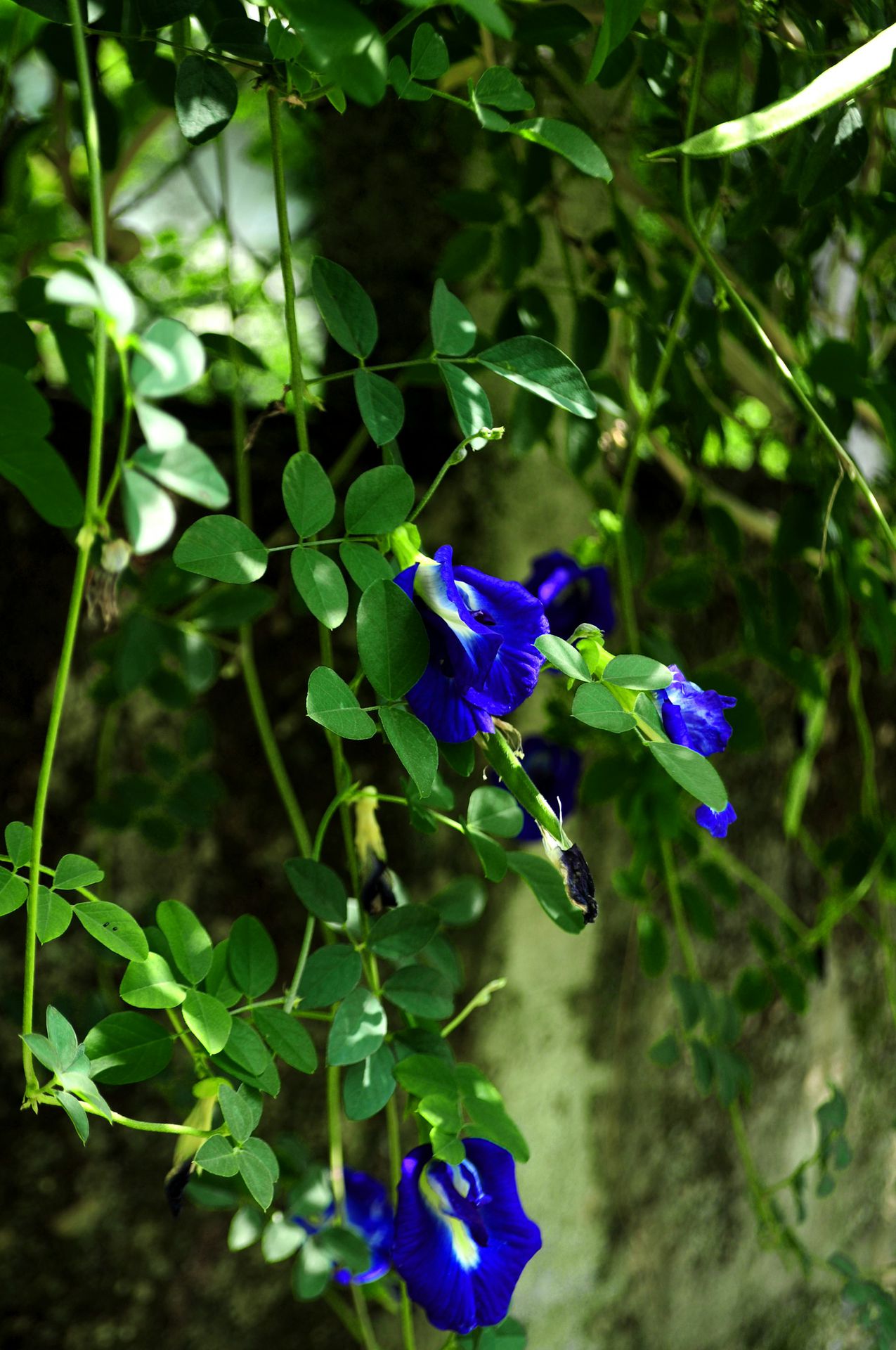
How can I care for the Clitoria ternatea plant?
1.Location:-
Butterfly pea plants prefer ideal temperatures between 65 and 82 degrees Fahrenheit.
2.Sunlight:-
Butterfly pea plants require 6 to 10 hours of bright, direct sunlight each day, but will tolerate partial shade. Blooms best in full sun.
3.Soil:-
Butterfly pea plants grow best in fertile, slightly sandy, well-drained soil with a balanced pH of 6.0 to 8.0.
4.Hydration:-
Butterfly pea plants can tolerate drought, but grow best with consistent watering.

5.Nourishment:-
Butterfly pea is a nitrogen-fixing legume, so it requires little fertilizer.
6.Issues:-
Spider mites, whiteflies, and caterpillars are common pests that attack plants. Anthracnose and bacterial soft rot are diseases that can affect plants. This plant can compete with native vegetation in open and disturbed areas.
What are the benefits of the Clitoria ternatea plant?
C. ternatea is widely used in traditional medicine, especially to improve cognitive function and reduce symptoms of many diseases such as fever, inflammation, pain and diabetes. It is used as a supplement for. Anti-cancer properties: Flowers may have anti-cancer properties. Anti-inflammatory properties: Flowers have anti-inflammatory properties. Dye: The deep blue hue of this plant has been used as a dye for centuries.
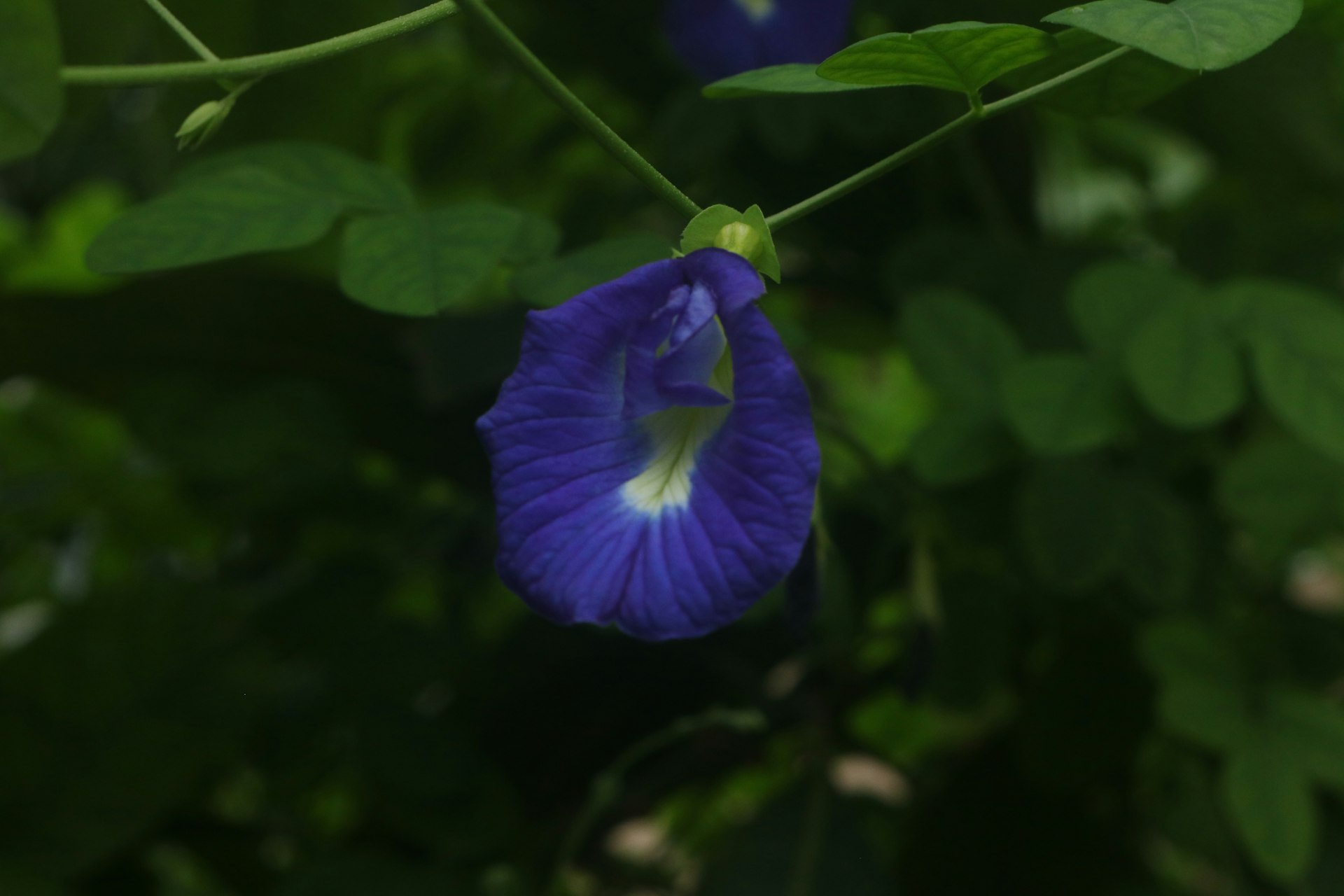
FAQ's About Growing Senku
1. What is Clitoria ternatea called?
Clitoria ternatea is also known as butterfly pea, green pigeon, or Asian pigeon.
2. What are the characteristics of the Clitoria ternatea plant?
Clitoria ternatea is a perennial climbing plant with blue, purple, or white flowers. The flowers are edible and can be used as a natural food coloring in Asian cuisine. The leaves are compound and have 5 to 7 leaflets.
3. How can I grow Clitoria ternatea plants?
Clitoria ternatea plants require 6 to 10 hours of bright, direct sunlight each day. They grow best in fertile, slightly sandy, well-drained soil with a balanced pH of 6.0 to 8.0.
4. What happens if I overwater or submerge my Clitoria ternatea plant?
Too much or too little water can have a negative effect on the health of the plant. Overwatering is more common and can cause stems and leaves to wilt and turn yellow.
5. What are the other uses of the Clitoria ternatea plant?
The Clitoria ternatea plant has many medicinal properties, including anti-inflammatory, anti-asthmatic, analgesic, antipyretic, anti-diabetic, anti-arthritic, antilipemic, antioxidant, and wound-healing properties.
